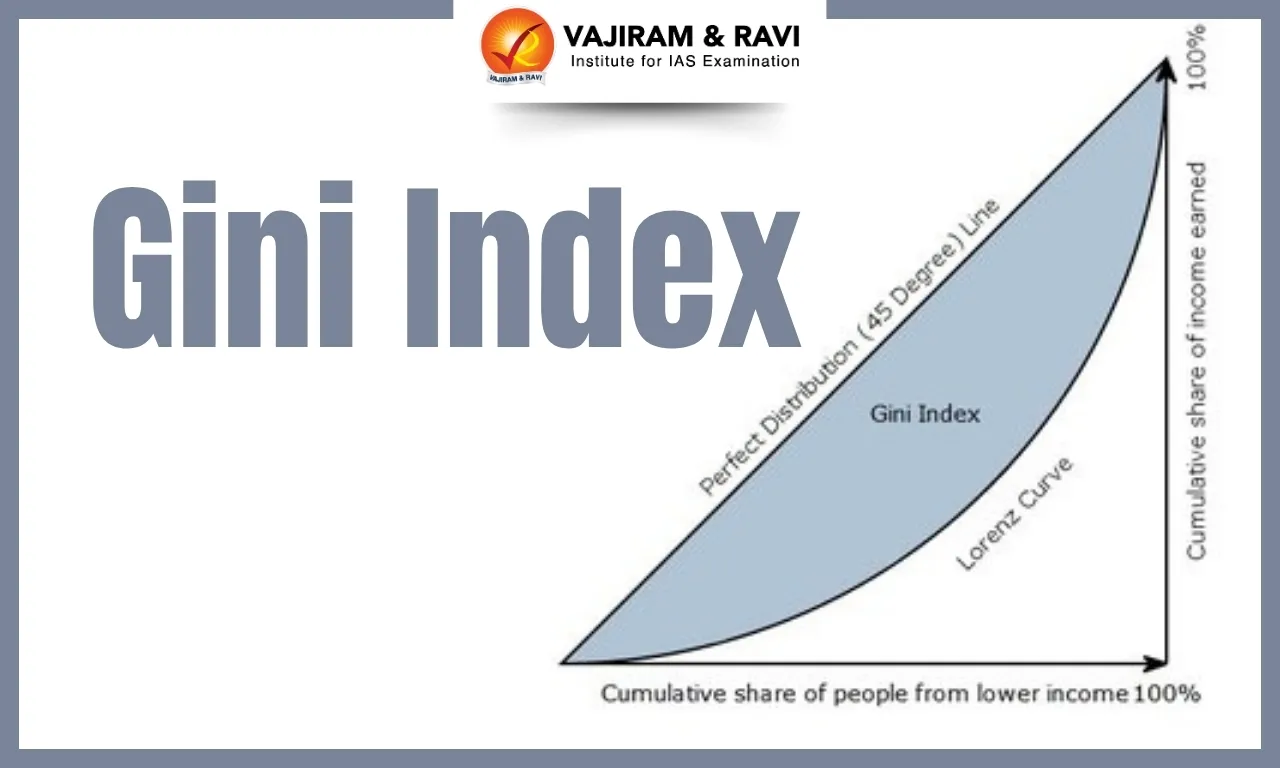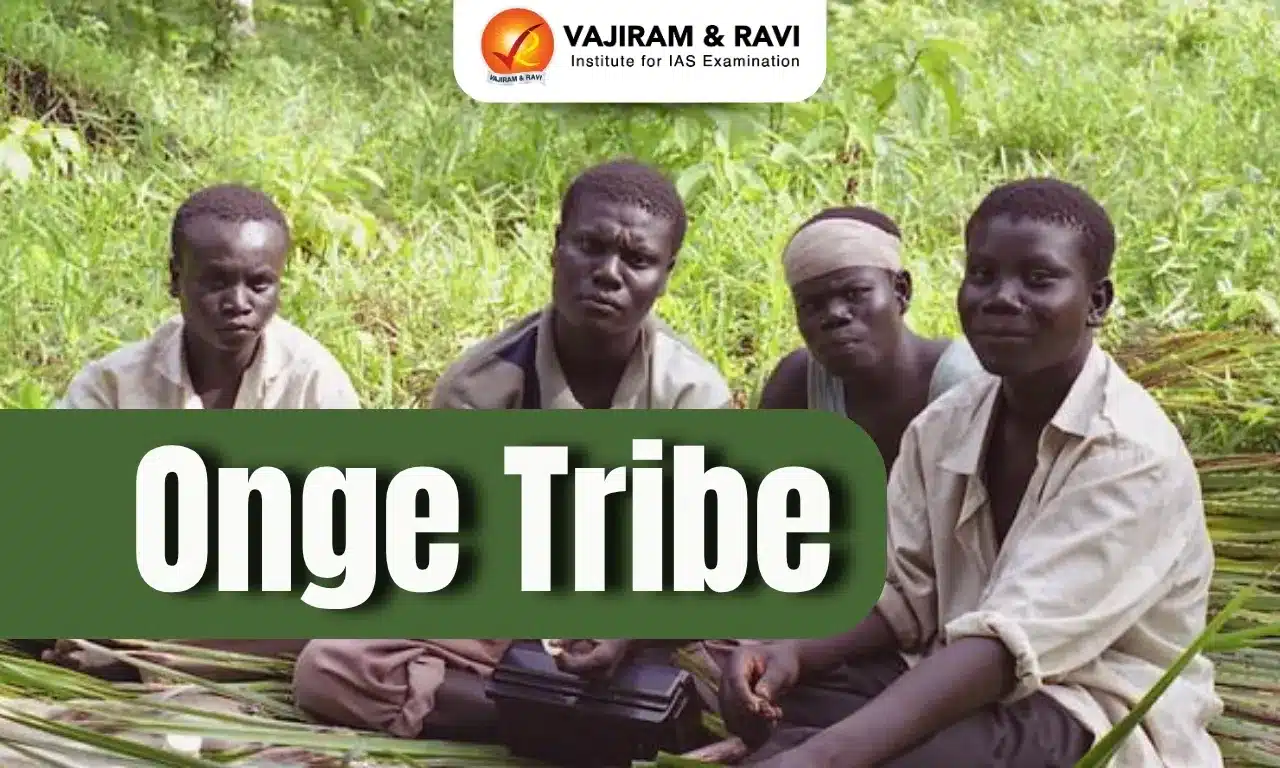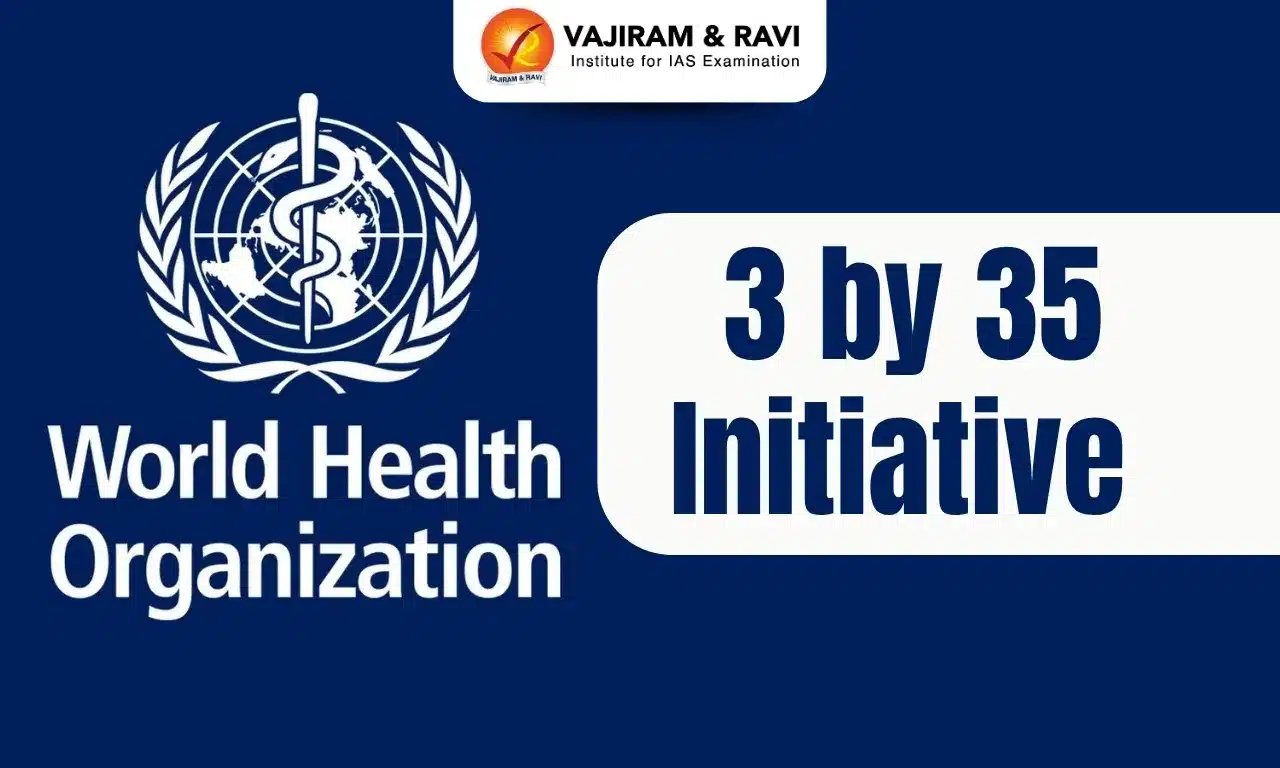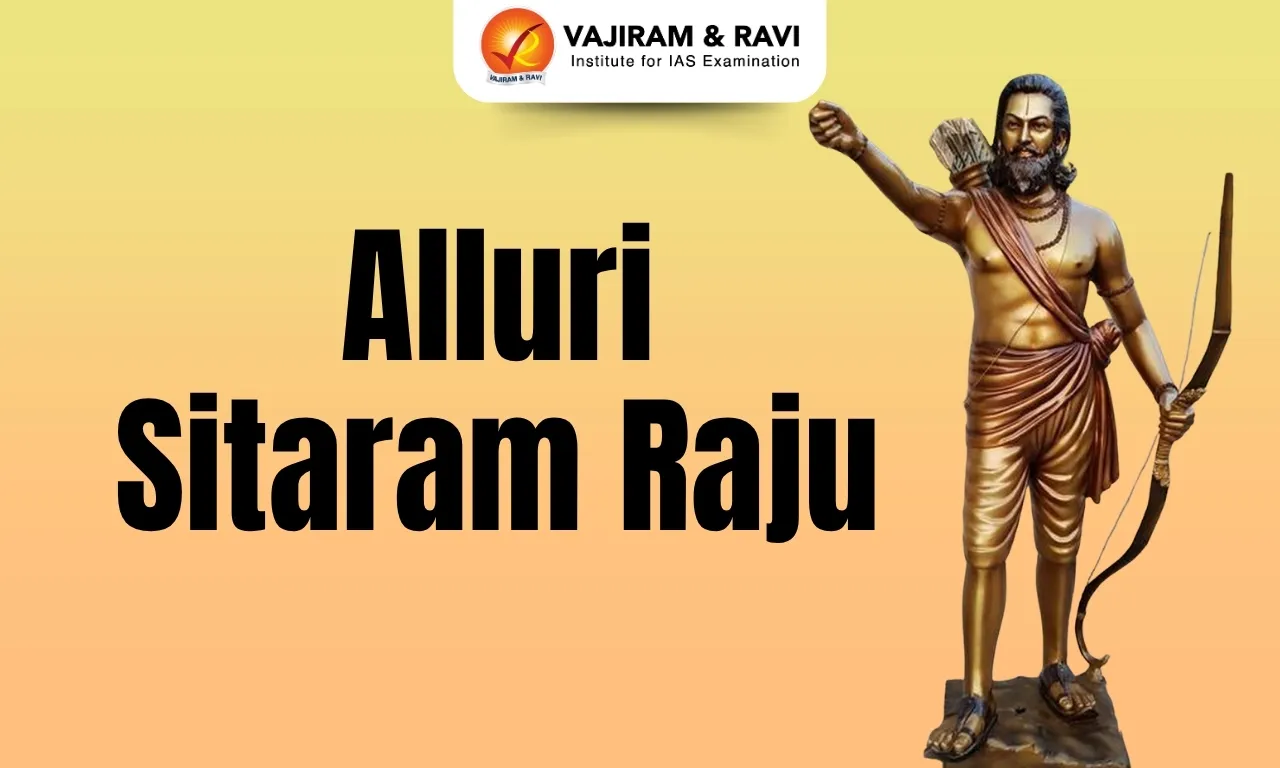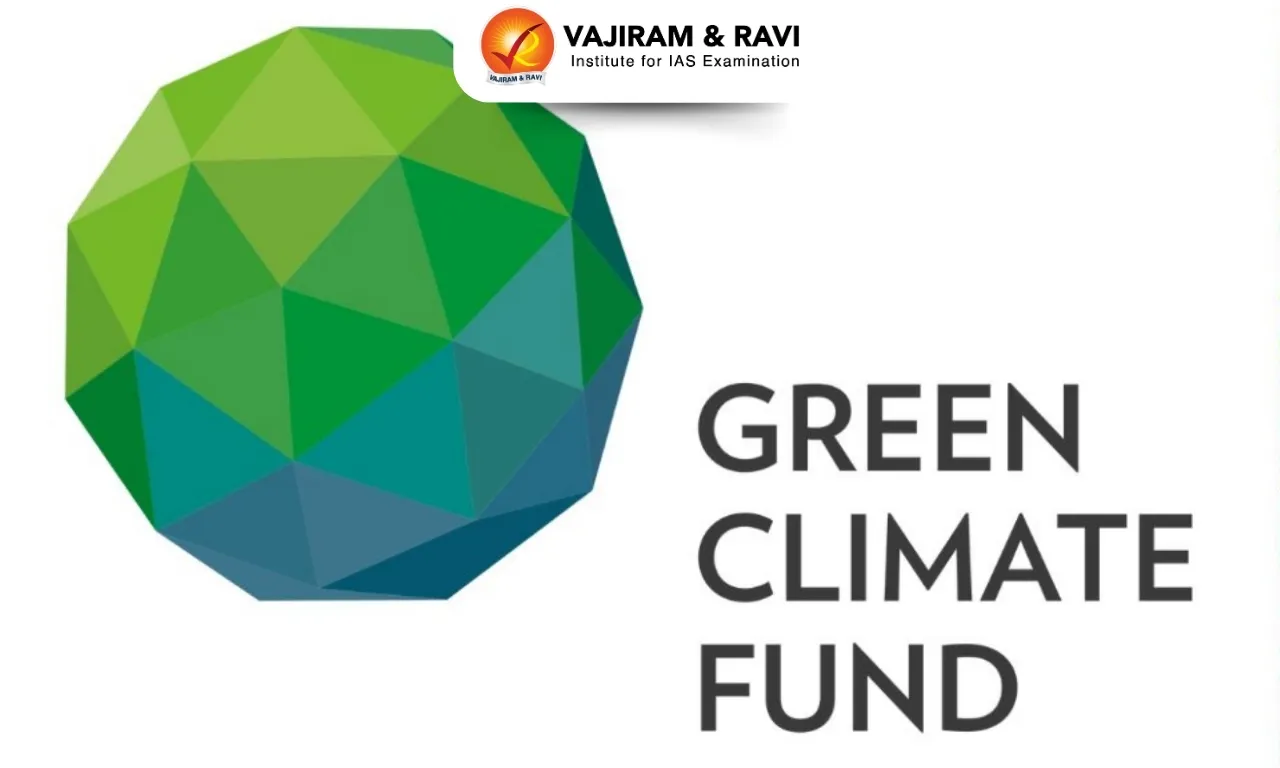Tokara Islands Latest News
In an unprecedented seismic event, more than 1,000 earthquakes have rattled the Tokara Islands in southern Japan over the past two weeks.
About Tokara Islands
- The Tokara Islands are a small archipelago in Japan, south of Kyushu and north of the Amami Islands.
- They are also sometimes known as the Toshima Islands, and the name is preserved in the name of the administrative division, Toshima-mura, that covers them.
- It consists of seven inhabited islands (from north to south: Kuchinoshima, Nakanoshima, Suwanosejima, Tairajima, Akusekijima, Kodakarajima, and Takarajima) and five uninhabited islands (Gajajima, Kogajajima, Kojima, Kaminonejima, and Yokoatejima).
- As a permanently inhabited municipality stretching over an area of about 160 kilometers, Toshima is “Japan’s longest village.”
- Nakanoshima is the largest island of Toshima Village in both area and population.
- Mount Otake dominates the northern section of Nakanoshima. At 979 meters, it is the highest mountain in the island group.
- Climate:
- It lies between the subtropical and temperate zones, with an average annual temperature of 20ºC.
- The weather is warm, and nearly all areas are frostless. The annual rainfall is about 2,700 millimeters.
- The islands are situated in one of the most seismically active regions of the world.
Source: BS
Tokara Islands FAQs
Q1: Where are the Tokara Islands located?
Ans: The Tokara Islands are a small archipelago in Japan, south of Kyushu and north of the Amami Islands.
Q2: What is another name for the Tokara Islands?
Ans: Toshima Islands
Q3: Which island is the largest in Toshima Village in terms of both area and population?
Ans: Nakanoshima


